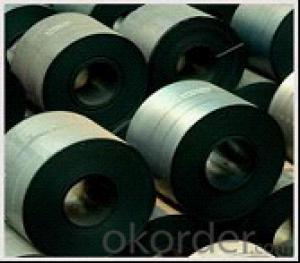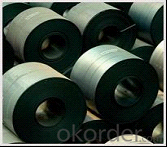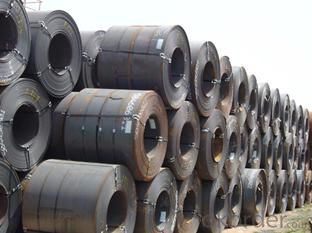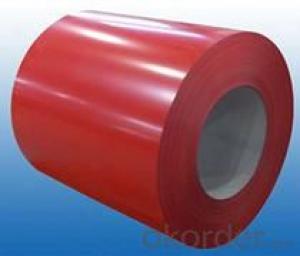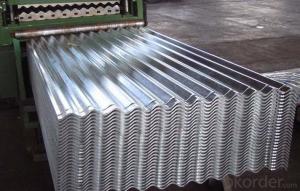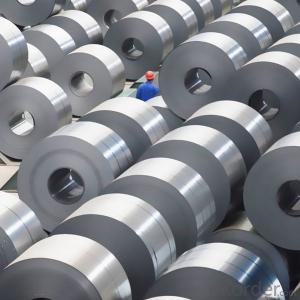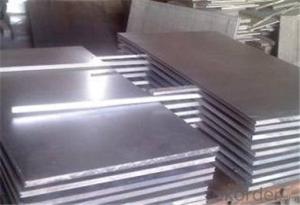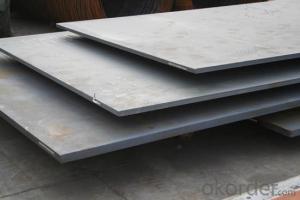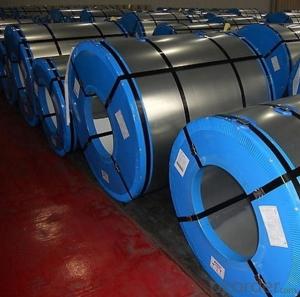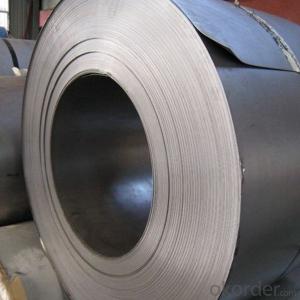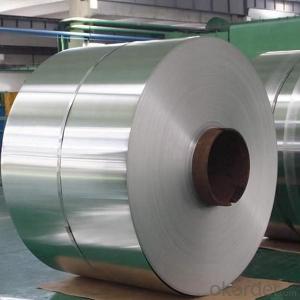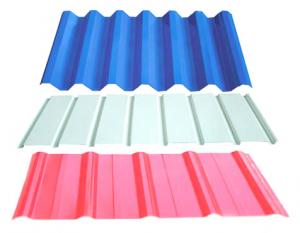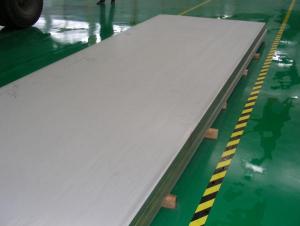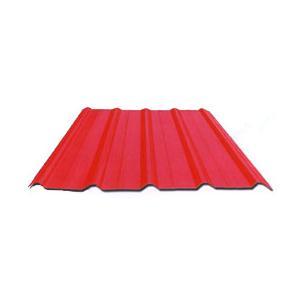Hot Rolled Steel Coils/Sheets from China, A36
- Loading Port:
- China main port
- Payment Terms:
- TT OR LC
- Min Order Qty:
- 2 m.t.
- Supply Capability:
- 1000000 m.t./month
OKorder Service Pledge
OKorder Financial Service
You Might Also Like
Specificationshot rolled steel plate
Grade:S235jr S275jr S355jr SS400 A36
Size:1.8 -100x1000 -3000x2000mm
BV approved
Quality Assuranc
A36 Hot Rolled Steel Plates
Carbon Steel Plate
Grade: S235jr S275jr S355jr SS400 Q235 Q345 ASTM A36
Thickness:1.8-100mm
Width:1000-2500mm
Length: 2000-12000mm as request
Mill: qualified steel mill in China
Bundle weight: max 4mt or as request
Package: seaworthy packing ( bared with steel strips )
Payment: L/C,T/T
Shipment: within two months, immediate shipment for stock
Product: | Hot Rolled Steel Coils/Sheets |
Material: | Q195,Q235,A36,SS400,S235JR,Q345,ST37-2, CCSB etc |
Standard : | JIS G3002 GB/T251B |
Technique: | hot rolled |
Thickness | 1.2mm to 200mm |
Tolerance of thickness: | :+/-0.03mm |
Width: | 750mm-2000mm |
Tolerance of width: | :+/-5.00mm (aiming to +/-2.00mm) |
Normal width: | 914mm, 1000mm, 1200mm, 1219mm, 1250mm,1500mm |
Length: | According to requirement |
Coil ID: | 508mm-610mm |
Coil Weight: | 10-25 Metric Tons |
Surface: | Black, Chromate, fingerprint resistant treatment, slight oiled or non-oiled, dry |
Port of Loading: | Tianjin/Shanghai port |
Packaging Details: | Standard export packing or according to the clients required |
Delivery Time | Within 30 days after received 30% deposit or workable L/C |
Payment Terms: | L/C,T/T |
- Q: Can steel sheets be used for making shipping containers?
- Yes, steel sheets can be used for making shipping containers. In fact, steel is the most commonly used material for constructing shipping containers due to its strength, durability, and resistance to various weather conditions and environmental factors. Steel sheets are typically cut, bent, and welded together to form the walls, roof, and floor of the container. This construction method ensures that the shipping container is sturdy and capable of withstanding the rigors of transportation, including stacking, lifting, and exposure to harsh marine environments. Additionally, steel containers are easily customizable and can be modified to meet specific requirements for cargo storage and transportation.
- Q: Why can steel HPB300, steel plate without Q300, steel structure manuscript review, but also continued the Q235, why not improve it?
- Carbon steel according to the steel yield strength is divided into 5 grades: Q195, Q215, Q235, Q255 and Q275 of each grade because the quality is divided into A, B, C, D grade, with a maximum of four kinds, some only one; this is just plain carbon steel, the price is cheap, generally not heat treatment. Only quality carbon steel has the value of heat treatment.
- Q: What is the difference between a steel sheet and a steel plate?
- A steel sheet and a steel plate have a few key differences. Firstly, the thickness of a steel sheet is generally less than 6mm, while a steel plate is typically thicker and measures 6mm or more. This difference in thickness is primarily due to the intended use of each product. Steel sheets are often used in applications where weight and flexibility are important, such as in the manufacturing of automobile bodies or appliances. On the other hand, steel plates are commonly utilized in heavy-duty constructions, such as bridges, buildings, or machinery, where strength and durability are paramount. Another difference lies in the manufacturing process. Steel sheets are typically produced through hot rolling, which involves heating the steel above its recrystallization temperature and then passing it between rollers to achieve the desired thickness. Steel plates, on the other hand, can be produced through hot rolling or cold rolling processes. Cold rolling involves passing the steel through rollers at room temperature, resulting in a more precise and smoother surface finish. Additionally, the size of steel sheets and plates also varies. Steel sheets tend to be standardized in terms of width and length, making them easier to handle and transport. Steel plates, on the other hand, are available in various sizes and dimensions, allowing for greater customization to suit specific project requirements. In summary, the primary differences between a steel sheet and a steel plate lie in their thickness, manufacturing process, and intended use. While steel sheets are thinner and more lightweight, steel plates are thicker and employed in heavy-duty applications that require strength and durability.
- Q: Can steel sheets be used in the food processing industry?
- Yes, steel sheets can be used in the food processing industry. Steel is a highly versatile and durable material that is commonly used in various applications in the food processing industry. Steel sheets are often used for constructing equipment and machinery such as tables, work surfaces, shelves, cabinets, and containers. Steel sheets have several properties that make them suitable for use in the food processing industry. Firstly, steel is resistant to corrosion, which is essential in an environment where food and liquids are constantly present. This resistance to corrosion ensures that the steel sheets maintain their structural integrity and do not contaminate the food being processed. Secondly, steel is easy to clean and sanitize, which is crucial in maintaining high standards of hygiene in the food processing industry. Steel sheets can be easily wiped clean, and their smooth surface prevents the accumulation of dirt, bacteria, and other contaminants that could potentially affect the quality and safety of the food. Additionally, steel sheets are strong and can withstand heavy loads and physical impacts. This makes them suitable for use in equipment and machinery that handle large quantities of food or require frequent movement or transportation. Moreover, steel is a non-porous material, meaning that it does not absorb or retain odors, flavors, or stains from the food being processed. This property ensures that the steel sheets do not affect the taste or quality of the food. In conclusion, steel sheets are commonly used in the food processing industry due to their durability, resistance to corrosion, ease of cleaning, and non-porous nature. They provide a reliable and hygienic solution for constructing equipment and machinery that is essential for food processing operations.
- Q: Can steel sheets be used for interior wall applications?
- Yes, steel sheets can be used for interior wall applications. Steel sheets provide durability, strength, and fire resistance, making them suitable for various interior wall applications such as in commercial buildings, industrial spaces, and residential homes. They can be installed as wall panels, partitions, or cladding, offering a modern and sleek aesthetic. Additionally, steel sheets can be easily customized, painted, or coated to match different interior design preferences.
- Q: Can steel sheets be used in high-temperature environments?
- Yes, steel sheets can be used in high-temperature environments. Steel is known for its high strength and resistance to heat, making it a suitable material for applications that involve elevated temperatures. However, the specific type of steel and its composition should be considered to ensure it can withstand the desired temperature range without excessive deformation or deterioration.
- Q: How are steel sheets tested for quality and performance?
- Steel sheets are tested for quality and performance through a variety of methods, including visual inspection, dimensional checks, mechanical testing, and chemical analysis. Visual inspection ensures that the surface is free from defects such as cracks, scratches, or unevenness. Dimensional checks verify that the sheet meets the required thickness, width, and length specifications. Mechanical testing involves subjecting the sheet to various stress tests to determine its strength, ductility, and resistance to deformation. Chemical analysis is performed to assess the composition of the steel, ensuring it meets the required standards and specifications. These tests collectively help ensure that the steel sheets meet the necessary quality and performance standards for their intended applications.
- Q: Who knows the wire width of the steel mesh?
- Steel net is diamond, respectively from the left and right (up or down) with two curved metal strips, the two metal strips are generally not the same thickness, the thickness is the stem width, the width is less than the thickness of material.
- Q: Can steel sheets be used in agricultural applications?
- Yes, steel sheets can be used in agricultural applications. They are often used for building structures such as barns, sheds, and fences. Steel sheets provide durability, strength, and protection against weather conditions, making them suitable for various agricultural needs.
- Q: Are steel sheets suitable for corrosive environments?
- No, steel sheets are not suitable for corrosive environments as they can rust and deteriorate when exposed to moisture and certain chemicals.
Send your message to us
Hot Rolled Steel Coils/Sheets from China, A36
- Loading Port:
- China main port
- Payment Terms:
- TT OR LC
- Min Order Qty:
- 2 m.t.
- Supply Capability:
- 1000000 m.t./month
OKorder Service Pledge
OKorder Financial Service
Similar products
Hot products
Hot Searches
Related keywords
